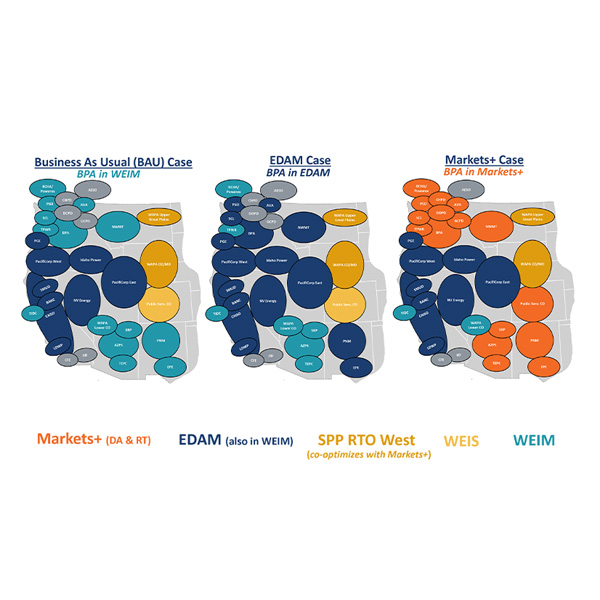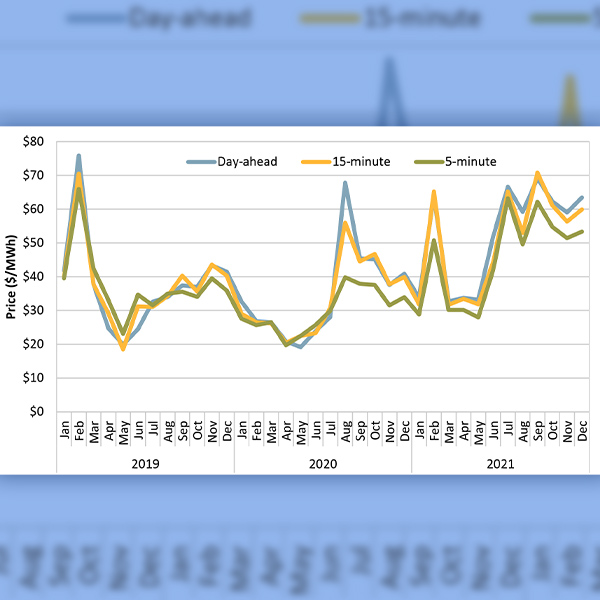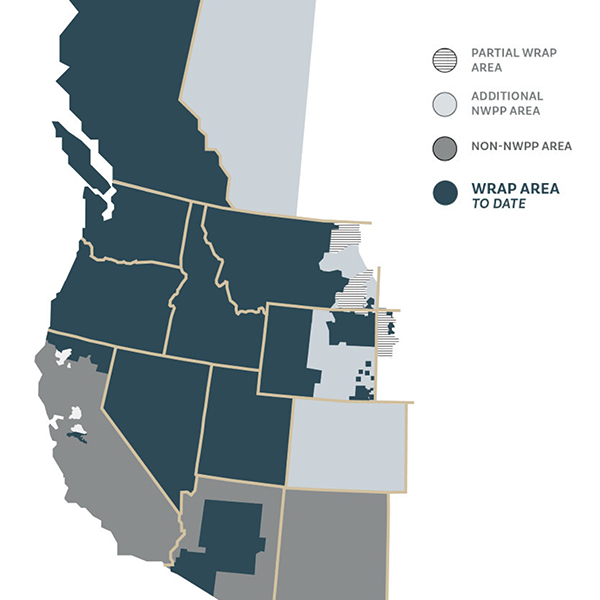Seattle City Light
BPA would earn $65 million in annual benefits from joining CAISO’s EDAM but face $83 million in increased yearly costs from participating in SPP’s Markets+, according to a new Brattle study.
The DOE awarded grants to nearly 300 projects at hydroelectric facilities to enhance dam safety, strengthen grid resilience and improve the environment.
CAISO’s Board of Governors and WEIM Governing Body unanimously voted to approve an expedited proposal to increase the ISO’s soft offer cap from $1,000/MWh to $2,000.
A dispute around the January cold snap that forced Northwest utilities to sharply increase electricity imports to meet surging demand has become a proxy for the broader day-ahead market contest between CAISO and SPP.
The Public Power Council has asked the Bonneville Power Administration to choose SPP’s Markets+ when the agency issues its day-ahead market “leaning” in April.
The Bonneville Power Administration plans to issue a draft decision on its day-ahead market participation in August, followed by a final decision in November.
Nearly a dozen utilities committed to joining the “binding” iteration of the Western Resource Adequacy Program, with more expected to sign on later this month.
SPP’s plan to develop a market to compete with CAISO's Western EIM got a boost from utilities and energy customers in the Pacific Northwest.
A CAISO market report says high natural gas prices drove a 50% run-up in electricity costs in Q4 2021, hitting the Western Energy Imbalance Market as well.
NWPP took its first steps implementing its Western Resource Adequacy Program, allowing participants to submit resource data for a “nonbinding” phase.
Want more? Advanced Search









